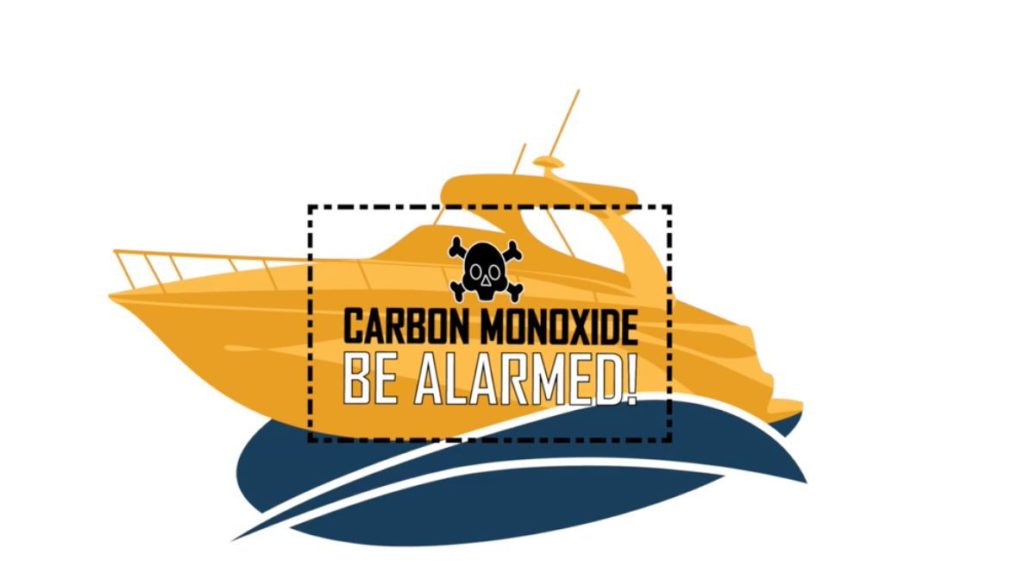Carbon Monoxide Alarms for all boats

A build-up of Carbon Monoxide on a motor cruiser resulted in the tragic death of two people and their dog at Wroxham on the Norfolk Broads in June 2016.
Following this, the Marine Accident Investigation Branch carried out an investigation and published a report and a video summarising the lessons identified.
IWA has collaborated with other organisations such as RYA and RBOA, to agree a policy on the fitting of carbon monoxide alarms on boats. The policy advises that the fitting of carbon monoxide alarms should be mandatory on hire boats, and taking into account the relatively low-cost of the alarms, IWA considers that a policy of mandatory fitting should also apply for private boats.
IWA policy
It is clear that there is a risk to boaters from carbon monoxide generated by their own activities such as use of portable generators on board rather than on the towpath, as well as the more obvious use of inadequately ventilated stoves, cookers, heaters or other combustion appliances.
The tragedy in 2016 also identifies the risk arising from others’ use of such appliances in close proximity, where significant levels of carbon monoxide from others’ activities can be propelled into boats through open doors and windows.
Appropriate carbon monoxide detectors are readily available to the safety standard EN 50291-2:2010 and suitable for marine use, and appear to be the only defence against passive accumulations of the gas from other sources by alarming at low levels. These can be obtained on-line for less than £20.
IWA policy is to work through its presence on the Boat Safety Certificate Advisory and Technical Groups to have carbon monoxide alarms added to mandatory equipment required on hire and private boats covered by BSS inspections as a matter of urgency. IWA will also act immediately to advise boaters to fit a carbon monoxide alarm on their boat, and to expect to see alarms fitted and working on boats they hire or otherwise use.










